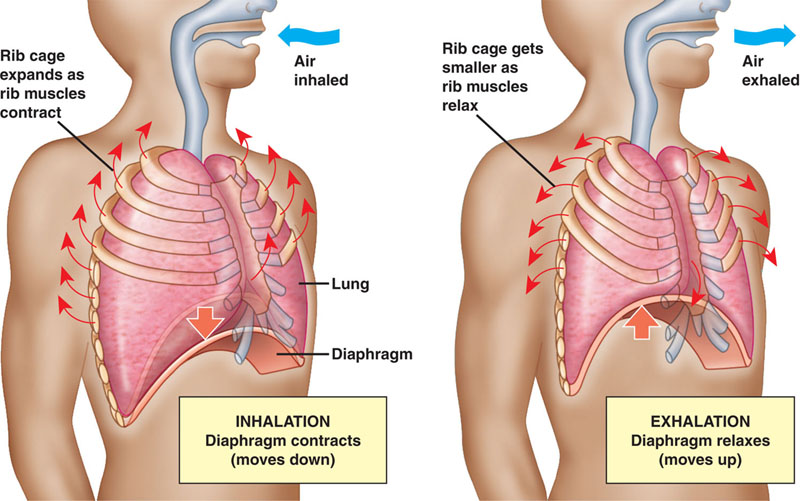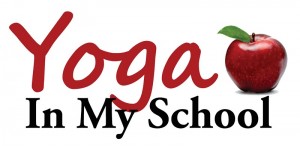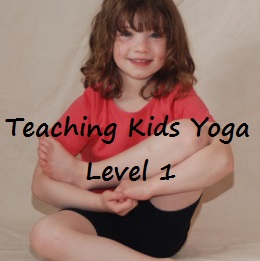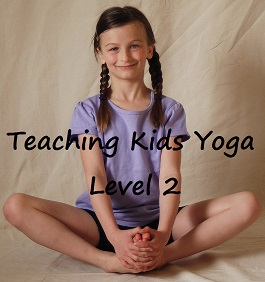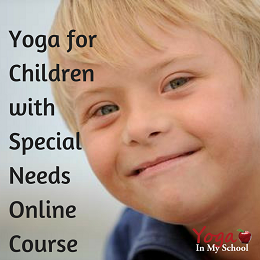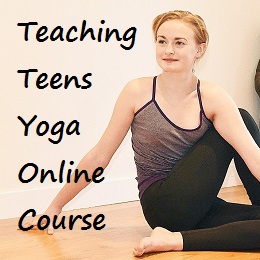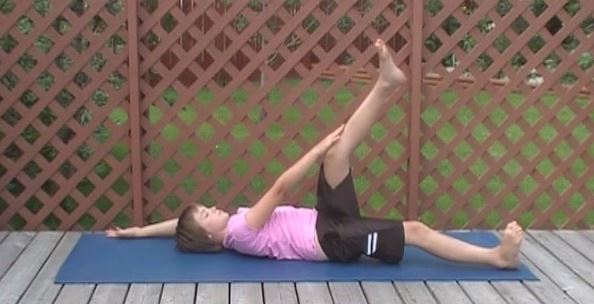

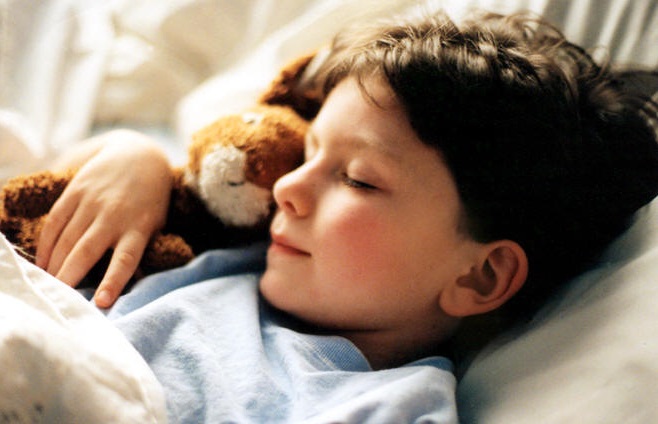
Top Yoga Tips to Creating a Bedtime Routine for Restful Sleep
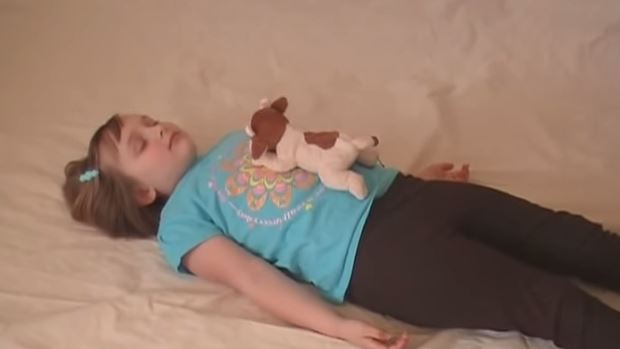
Pranayama for Kids: Swimming Stuffies

Yoga For Children with Asthma

What is Mindfulness for Children

My Favorite Yoga Prop – Feathers
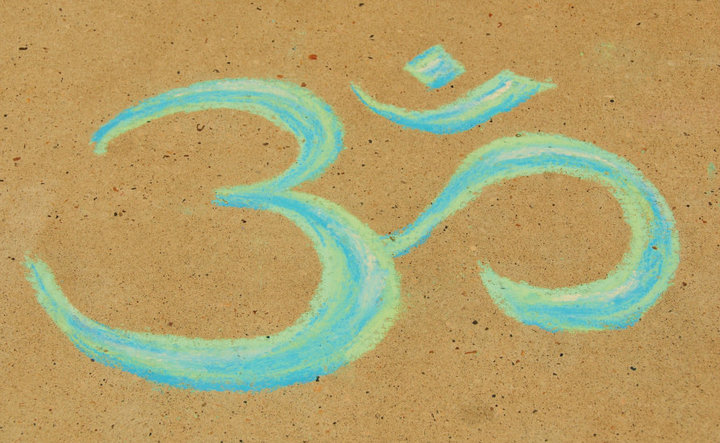
54 Fun Family Activities for Summer Yoga Style
My Favourite Colour: A Guided Visualization for Relaxation
Relaxation is essential. Learning to relax is key to a healthy lifestyle, stress relief, and knowing oneself. Children today are over-stimulated, over-programmed, and often have no idea what true relaxation looks or feels like. I often encourage educators, parents, health professionals and youth leaders that if nothing else from all that yoga has to offer for children, please, please teach the children in your life how to relax.
For all of you who have attended my workshop Once Upon a Pose, this short guided visualization will bring back wonderful memories of the last few minutes we spent together exploring the world of children’s yoga. My Favourite Colour is the guided visualization included at the back of the FREE e-book The Pet Store/L’animalerie, which you can download by entering your name and e-mail in the right side bar.
So close your eyes, sit back, and breathe.
Many more guided visualizations for relaxation which are easy to do with children are included in the book Once Upon a Pose: A Guide to Yoga Adventure Stories for Children, Chapter #6: Relaxation.
I hope you have a wonderful day filled with light, vitality and energy. Namaste.
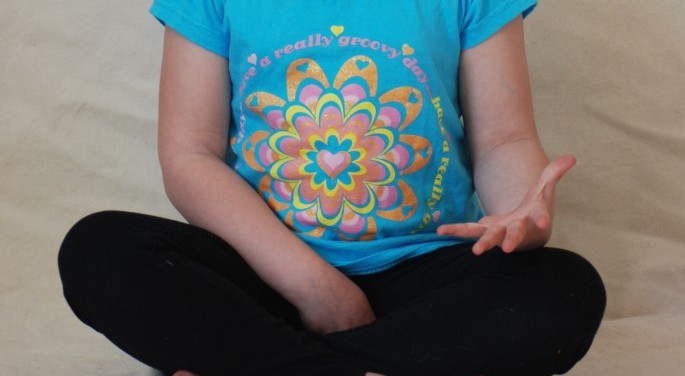
Yoga Breathing Exercises for Kids – Take 5
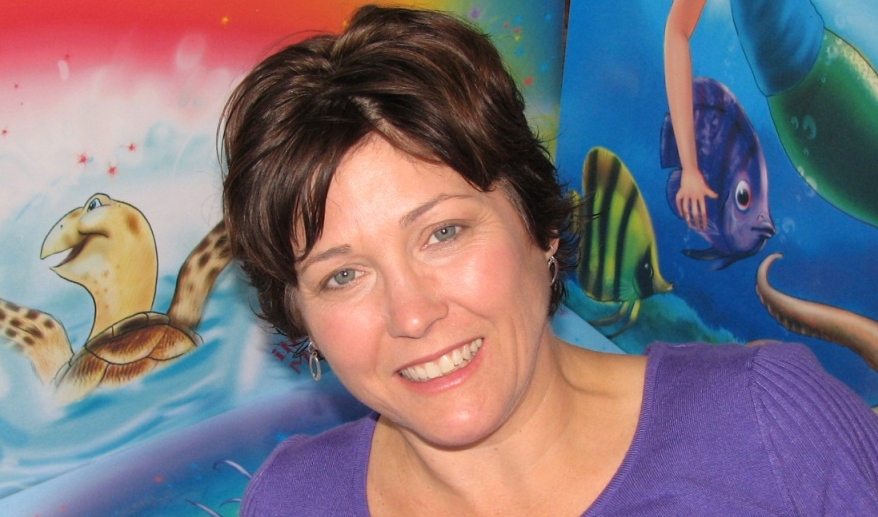
Four Ways to Help Your Kids Become Stress Free
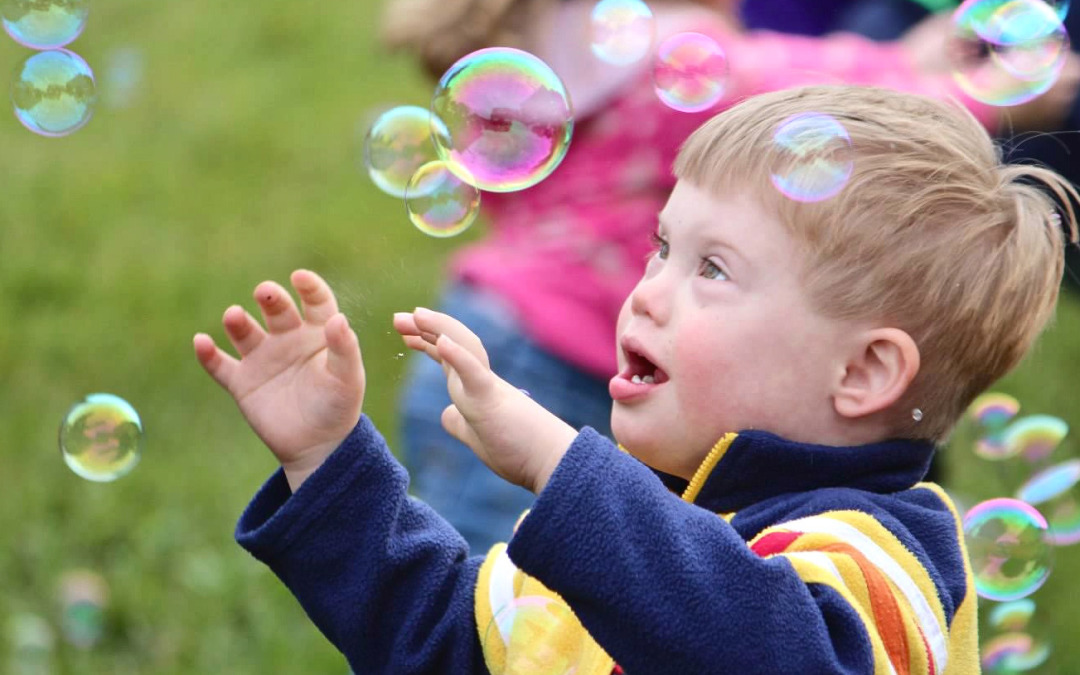
Yoga for Down Syndrome
Down syndrome (DS) results from an extra chromosome added to an individual’s genetic makeup and is the most frequent chromosonal disorder occurring in 1 in 800 live births. DS is caused by an error in cell division at conception. Individuals with DS will have developmental delays which need to be taken into consideration, but they are more like others than they are different.
Yoga can help individuals with Down Syndrome by stimulating both physical and mental abilities. For many with DS, yoga can serve as a personal physical therapy routine which can be practised alone, with a partner, or in groups.
Some of the benefits for yoga in regards to DS include:
- improving the central nervous system
- toning the body
- increasing strength
- developing concentration & memory
- balancing hormones
- regulating sleep/wake rhythms
- developing discipline
- improving balance
- teaching decision making with respect for self & others
- increasing body awareness
- providing a safe and fun form of exercise
- improving self-esteem
Parents, teachers and care givers need to pay strict attention to individuals with DS when they are practicing yoga poses so as to ensure that they do not overstretch. The loose nature of their muscles and ligaments allows for more flexibility than normal. This combined with their exuberant nature and lack of knowing their own limits may lead to injury. Please proceed carefully following guidelines and working safely. Also keep in mind that yoga poses may need to be modified to accommodate shorter limbs and smaller stature common with DS.
Hypotonia (or low muscle tone) is characteristic in most children with DS. Yoga poses will help strengthen the muscles, tighten the ligaments, and tone the overall body. Standing poses such as Mountain, Triangle and Warrior II are especially beneficial for unstable knee caps, weak ankles and flat feet.
Twists will assist in massaging internal organs and relieving digestive ailments and constipation. They work by compressing the organs while performing the twist, then bathing then in oxygen rich blood upon release. Twists will also help promote good posture and teach how to move with the breath, improving oxygen absorption and body awareness. A number of safe and easy twists are explained in Yoga Twists for Kids.
Thyroid dysfunction, which affects growth and metabolism, is often a concern for children with DS. A regular yoga practice will stimulate the thyroid gland via jalandhara bandha, a restriction of the throat, and practicing Bridge Pose and Shoulder Stand. Please be certain that no atlantoaxial instability exists before attempting these poses. It is recommended that these be taught under the supervision of a certified yoga instructor familiar with the physical challenges of DS.
Sound therapy through chanting, mantras, drumming, etc. is especially beneficial. Sound vibrations have healing qualities and children respond readily to any activities involving instruments or singing. One such example is Singing Stuffies.
Yoga practice also stresses breathing exercises or pranayama. These exercises will help ease pulmonary hypertension and provide a safe workout for children with congenital heart defects often associated with DS. In addition, they will ease nasal congestion and help protect against pulmonary problems and infections by building the immune system. Two exercises which are beneficial are Observing the Breath and Air Walk.
Relaxation techniques, such as guided imagery and progressive muscle relaxation, are especially enjoyable during Corpse Pose. Engaging in these activities, children can empower themselves, create calm, reduce tension and improve concentration.
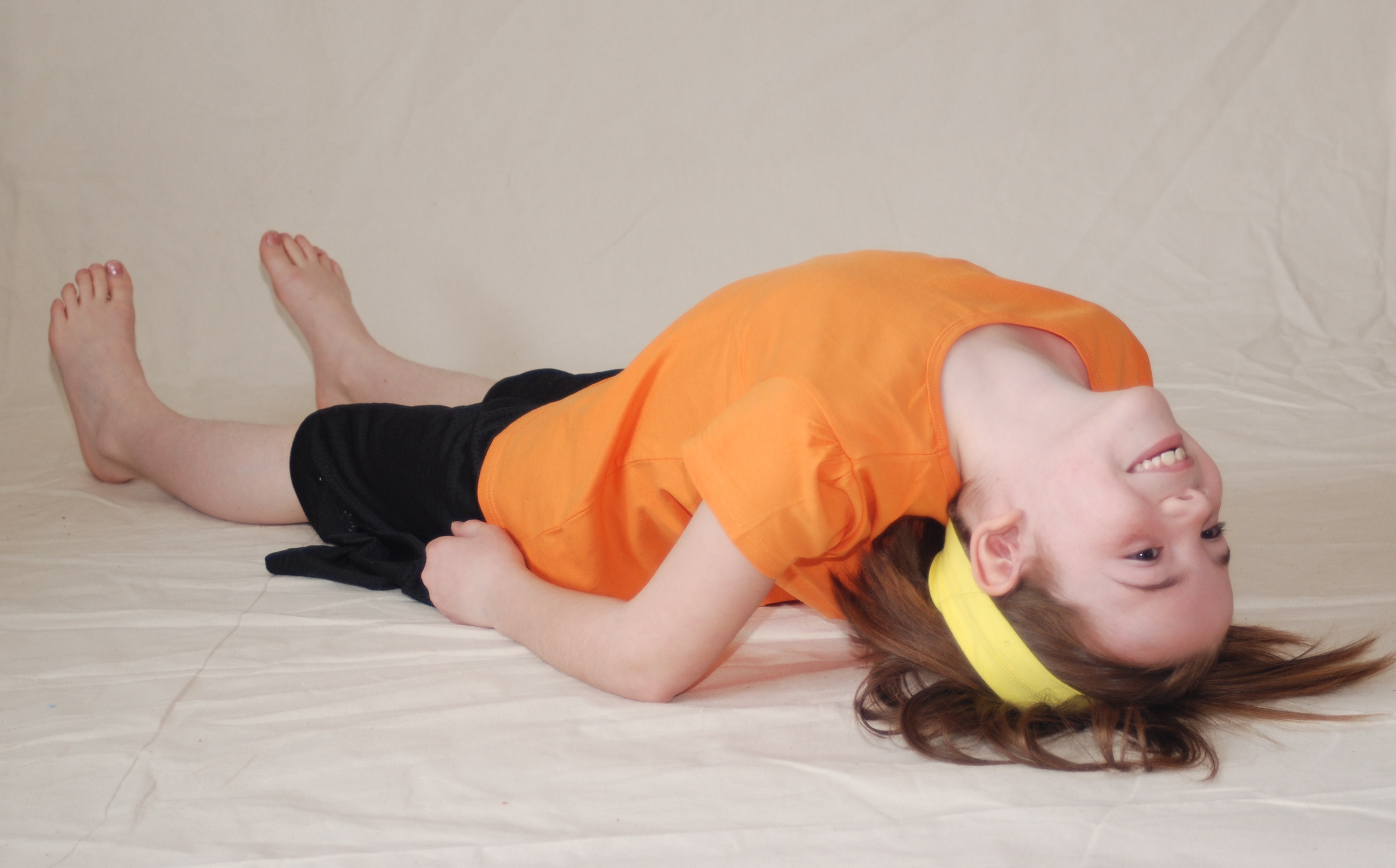
Effective Yoga Exercises for Asthma Relief

Yoga a tremendous help for Asthma
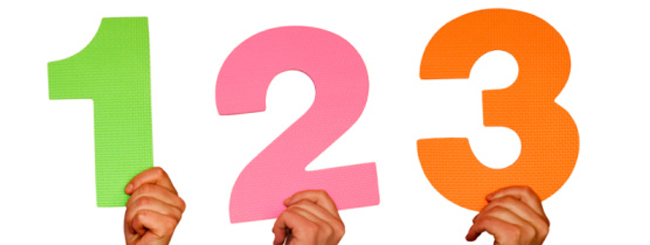
Three Step Yogic Breathing Exercises
